How to Fix Cracked Grout
Psssst… this post *might* contain affiliate links: see my disclosure here.
Fixing Cracked Shower Grout
Our shower had lots of cracked and missing grout so I took a few hours to fix it. Be warned… these pictures are gnarly.
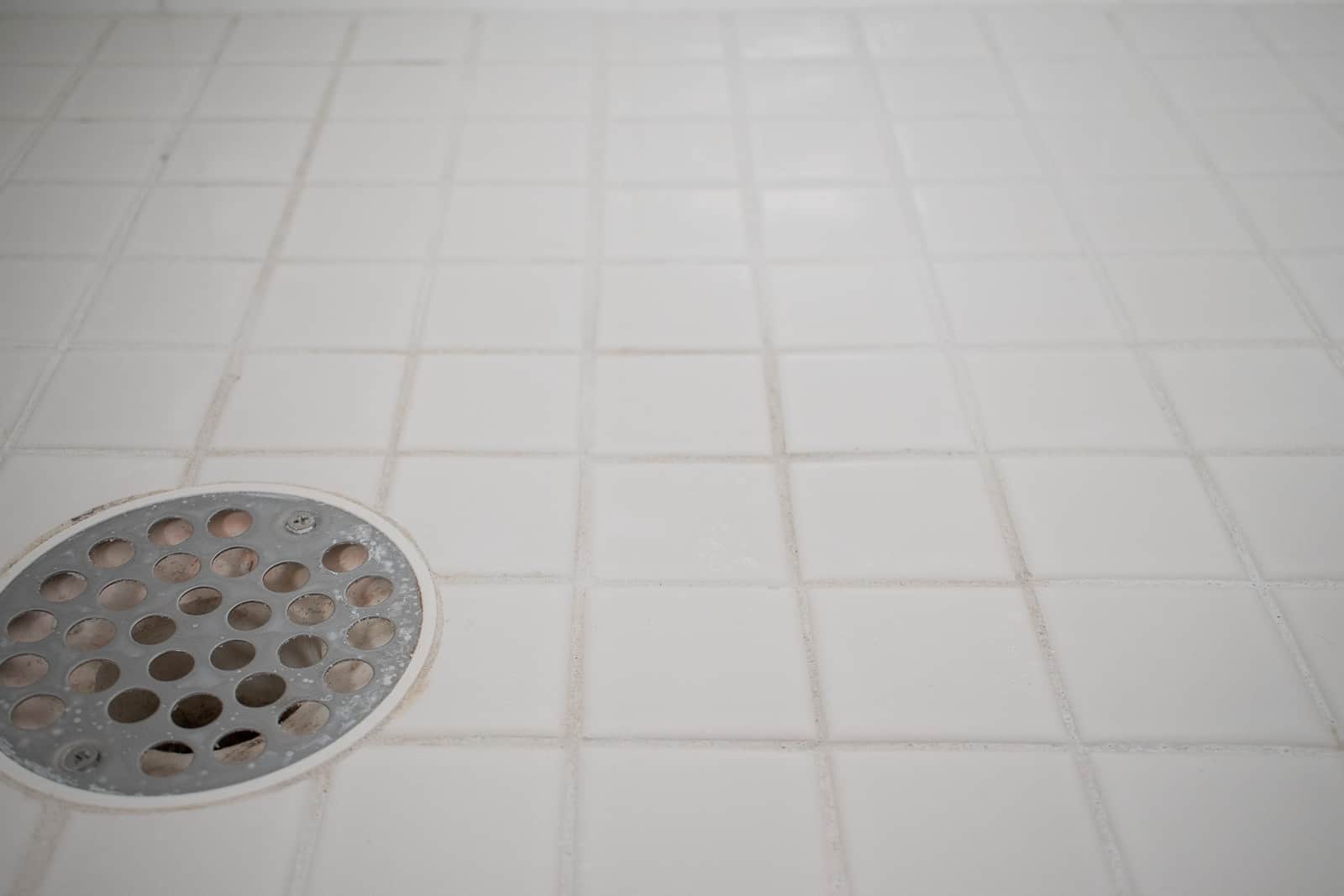
The shower in our master bathroom was in rough shape. The grout between the floor tiles was cracked and missing and, as a result, it was always musty and mildewy. Stained grout is one thing, but upon closer investigation, the grout between lots of the tiles in our shower was MISSING which is a much bigger issue. The purpose of the grout is to seal the area from water damage. When that grout comes loose, water gets between the tiles, soaks into the mortar board and can ultimately rot the subfloor. No bueno.
Shop my favorites!
Step 1. Remove the loose/ damaged grout
I picked up one of these tools to help scrape away the damaged grout. I also ended up using my trusty 6 in 1 painters tool to scrape away some of it. (I actually removed one side of the grout grinder to it fit between my tiles easier.) Your goal is to remove the damaged grout, but also grind away the grout so that there’s space for the new grout! I put heaters in the shower to dry out the subfloor before applying the new grout.

 Step 2. Clean Up
Step 2. Clean Up
Vacuum and clean up any dust that resulted from removing the grout. I used baking soda and white vinegar to scrub away remaining mildew/ grout dust.
Step 3. Regrout
I used this sanded premixed grout because I didn’t that much. It comes in lots of different colors so consider what your existing grout is before purchasing. I used a spatula to scoop some grout onto my rubber grout float and then pressed it into the space between the tiles. Move your float back and forth like an ‘x’ to ensure the grout is pushed all the way between the tiles.
Step 4. Clean the Residue
Follow the directions on the package to determine how long to wait before sponging off the excess grout. Using a big yellow sponge wipe away the excess grout, rinse… and repeat.
Step 5. Leave to Dry and Caulk
Because this grout was on a shower floor, I had to let it set for 7 days.
Note: Remember how I had the heater going? Well, the surface beneath our tiles was so saturated and damp from the cracked grout, that the first time I applied the grout… it never cured. After 7 days, it crumbled away. I knew it wasn’t a problem with the grout since I bought the premixed, so I scraped it away and left heaters going for a few more days and repeated the above process.
After 7 days, the grout appeared to have set and I was able to caulk around the corners (I used this caulk) and…. our shower was back in action! I wish I had done this sooner… because we used the shower with cracked grout, it just meant the backerboard/ floor beneath the tile had that much more water getting down onto it. Note to self: fix cracked grout as soon as you notice it!
Remember how it looked before?? Here’s the before and then scroll down for the after!

SUCH an easy project, but also SO necessary! If the water is allowed to seep down and saturate the surface beneath the tile, it will erode the rest of the mortar and you’ll have to demo/ replace the entire shower. So yeah… keep an eye on that grout, y’all!


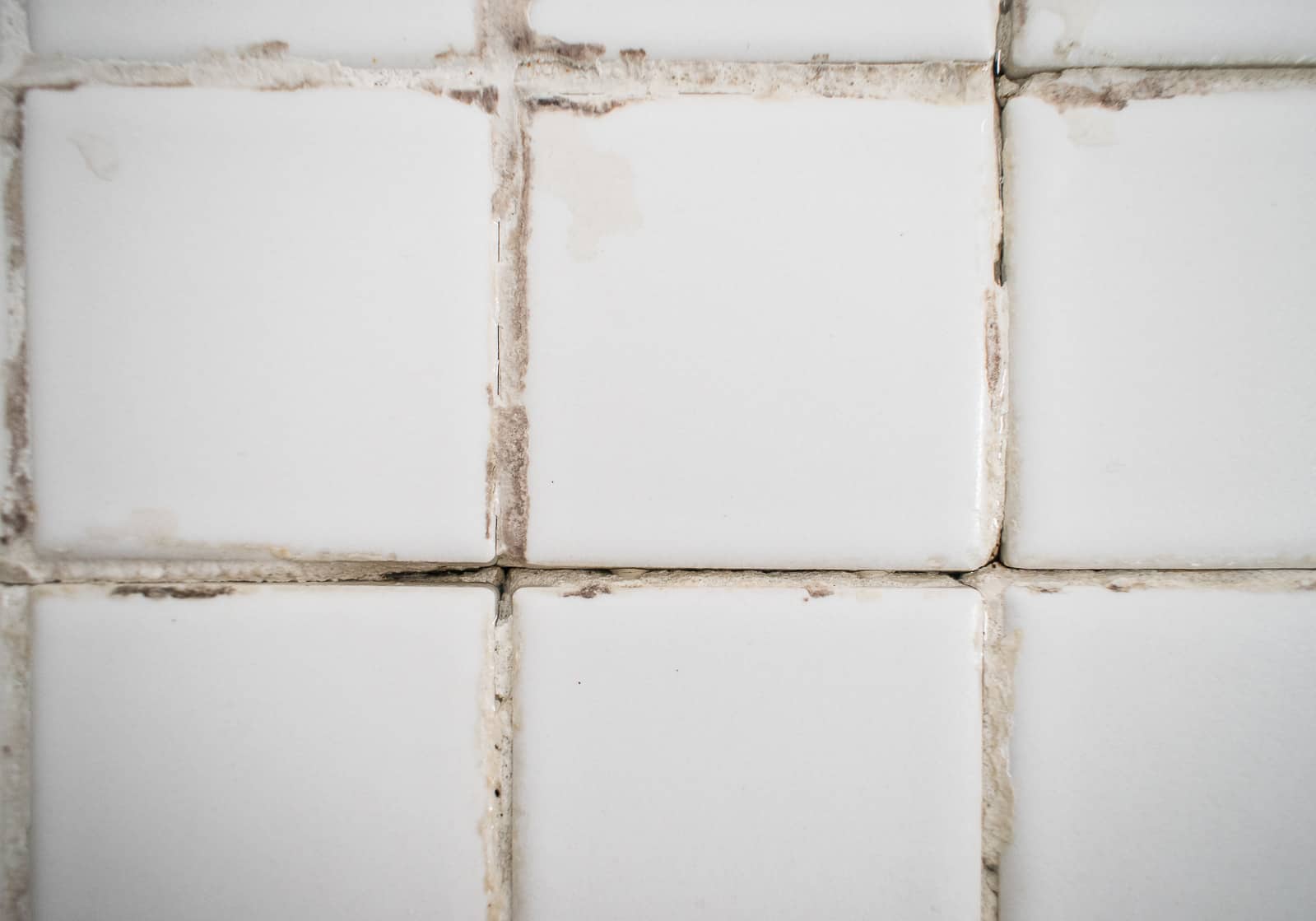
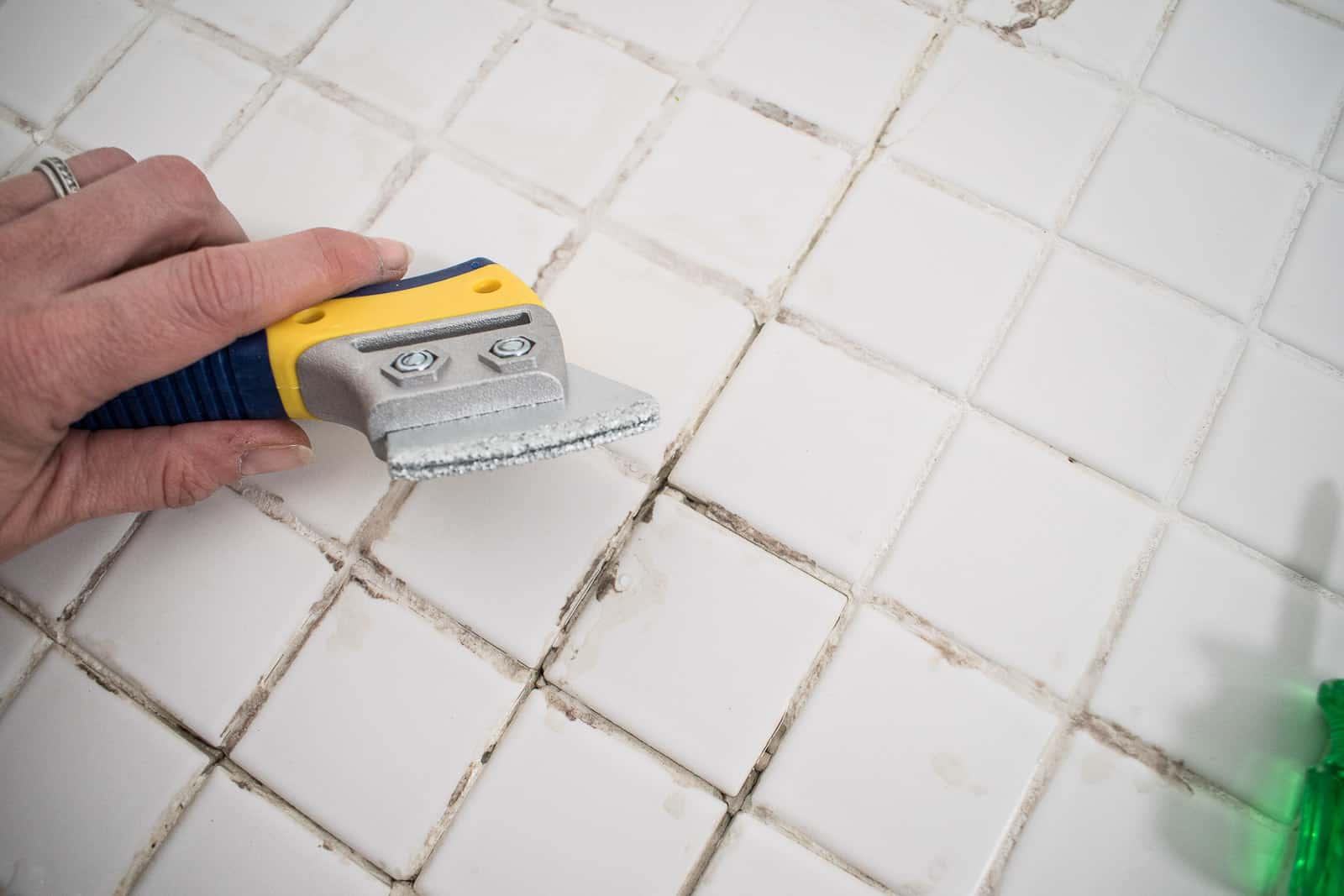
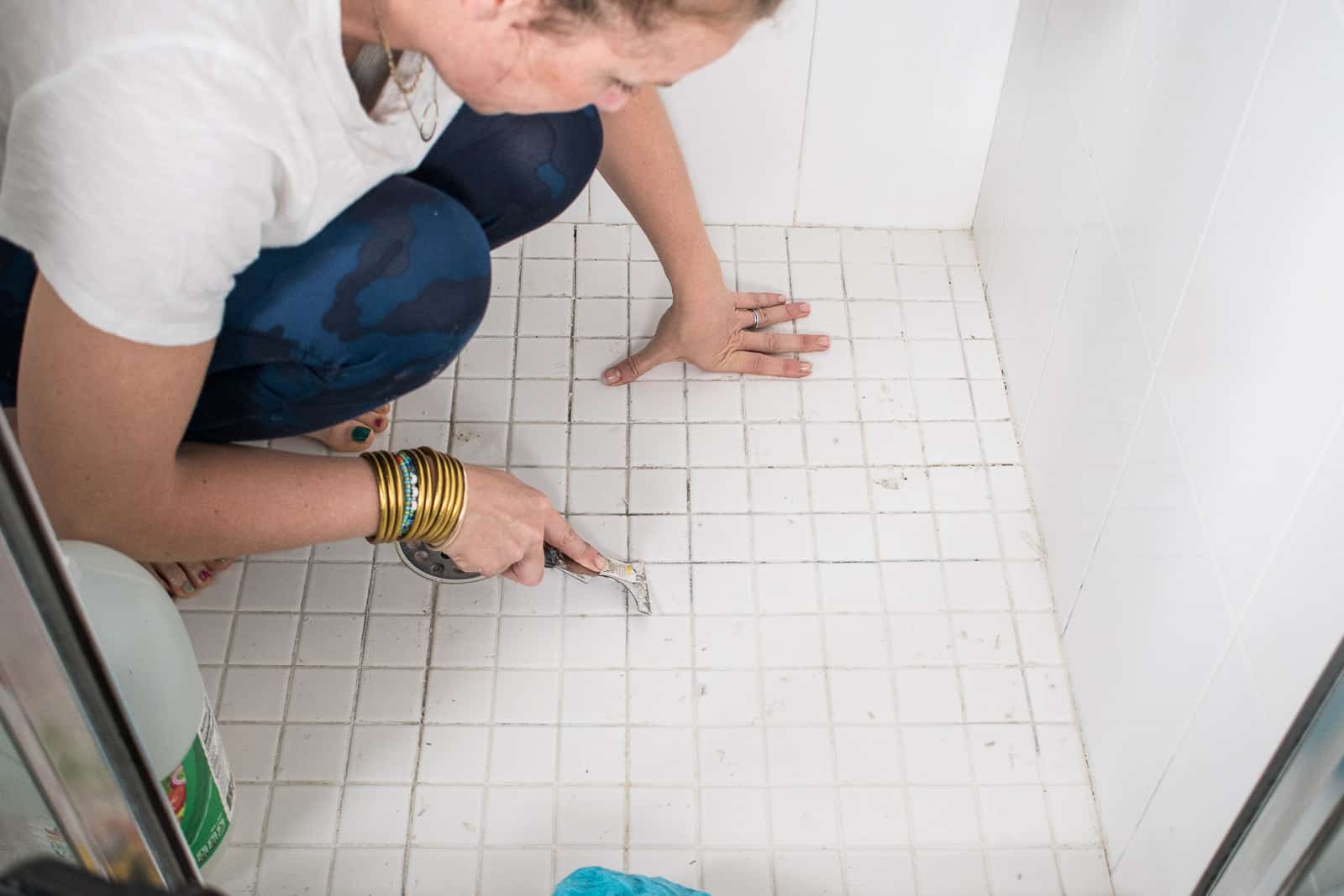 Step 2. Clean Up
Step 2. Clean Up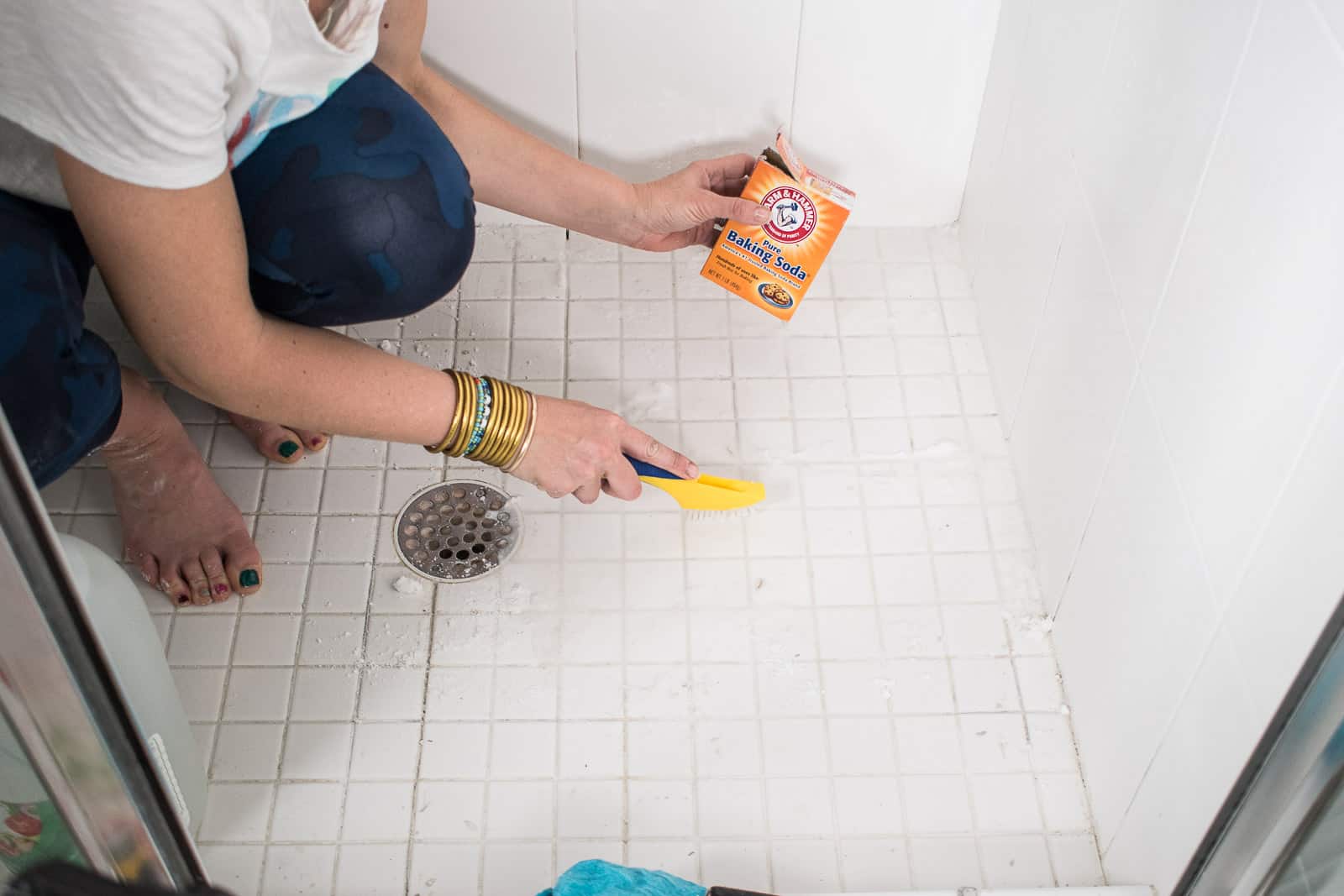
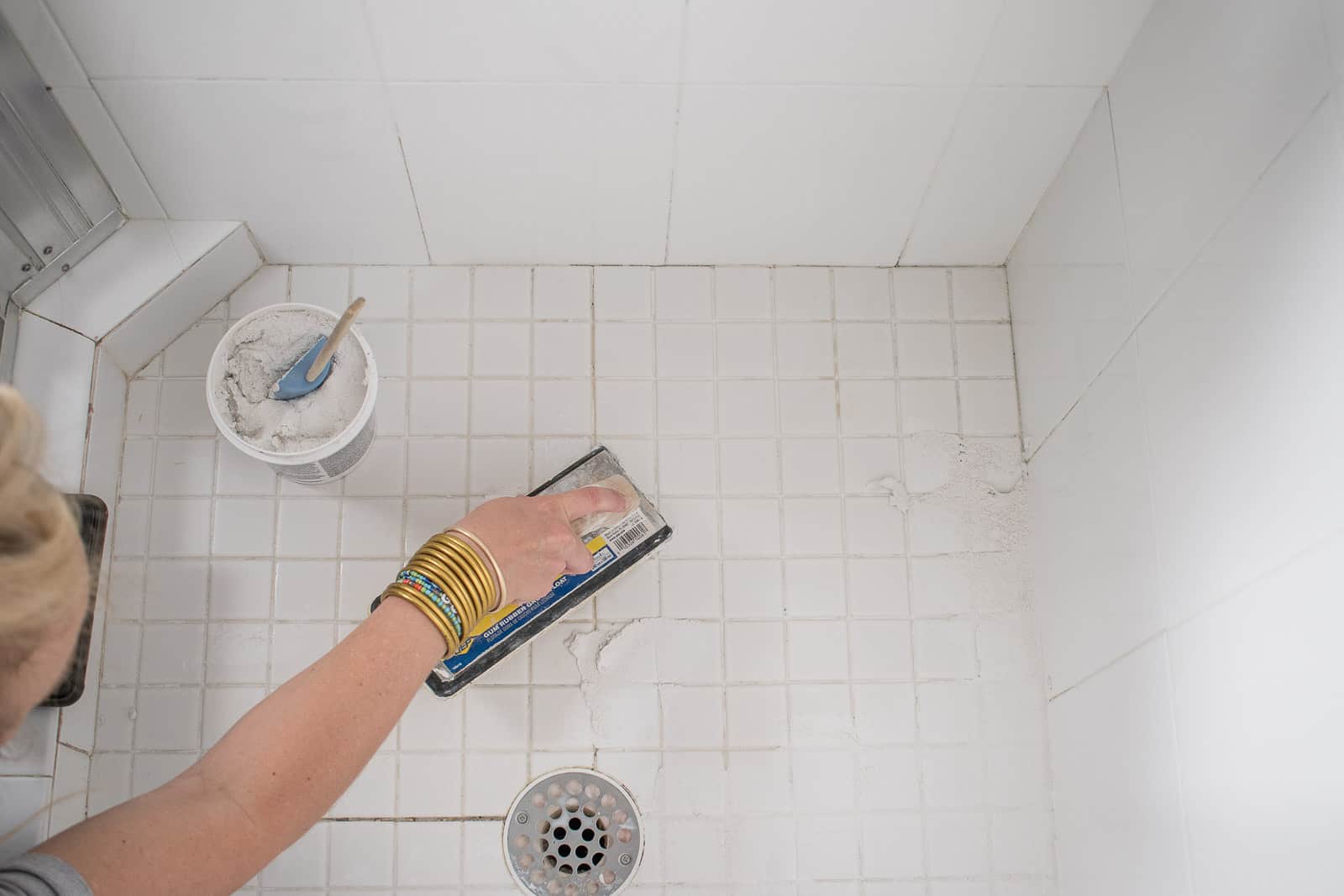




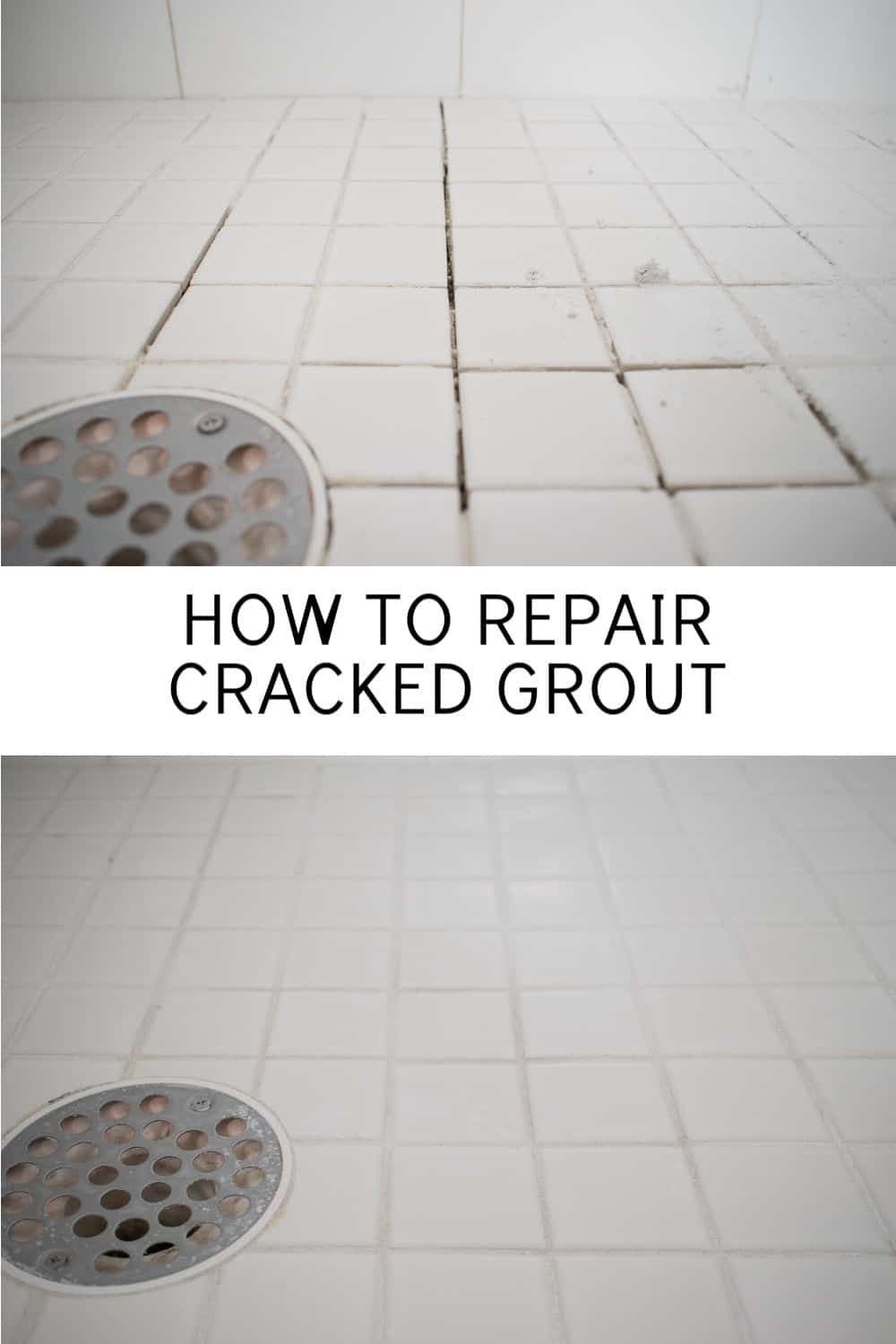









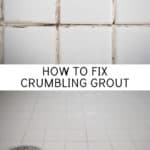



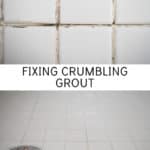


I love upgrades like this! Small, but significant.
It’s so true!! Like patching old nail holes or something! 🙂
my understanding is that you shouldn’t use sanded grout for shower floors. It is more porous. It is also very important to seal the grout with a sealant to prevent water from passing through the grout. The grout alone isn’t enough.
You may be right! Every time I go to research grout I get many varying answers. The grout I used was premixed and the container indicated it was OK for shower floors… but what you’re saying makes a lot of sense!